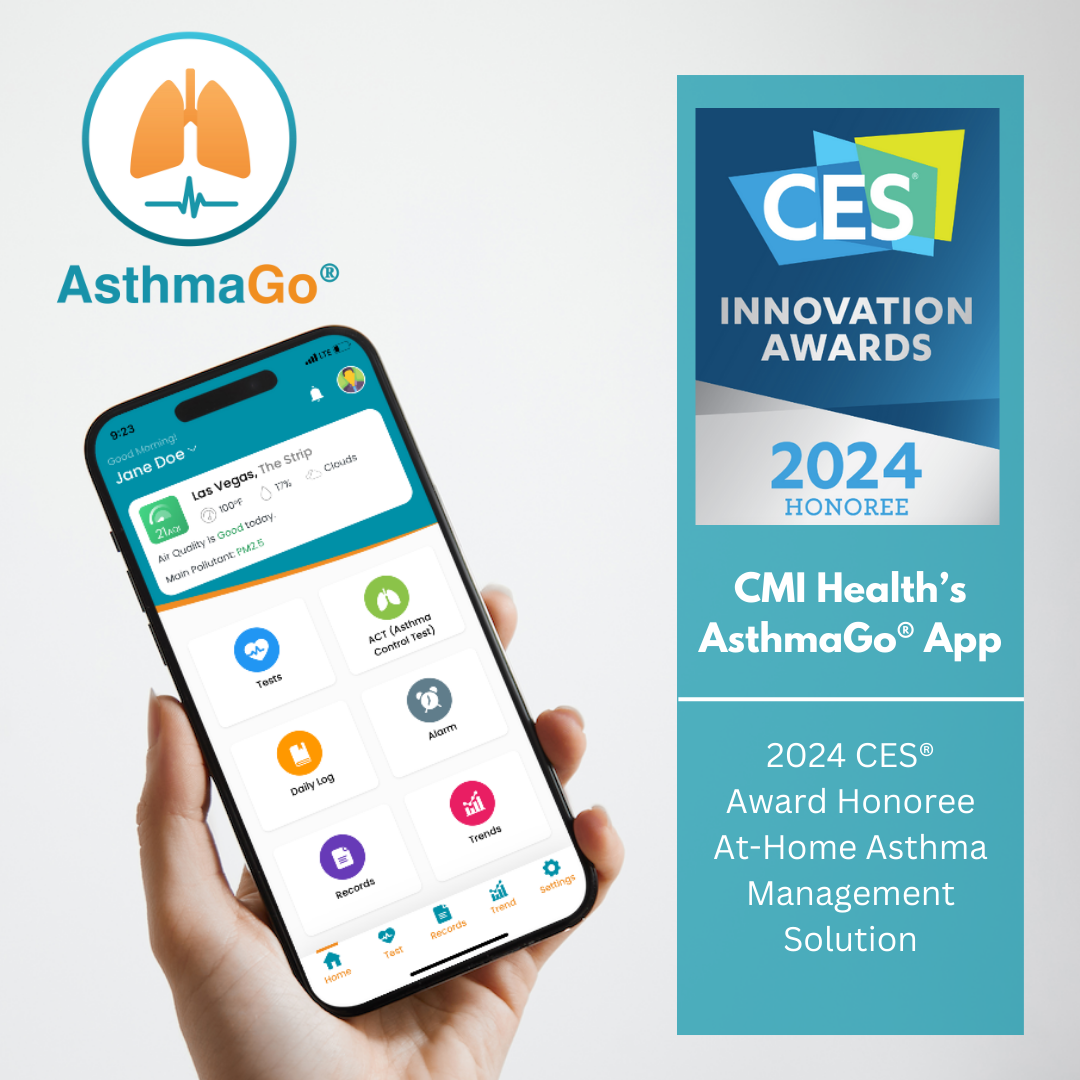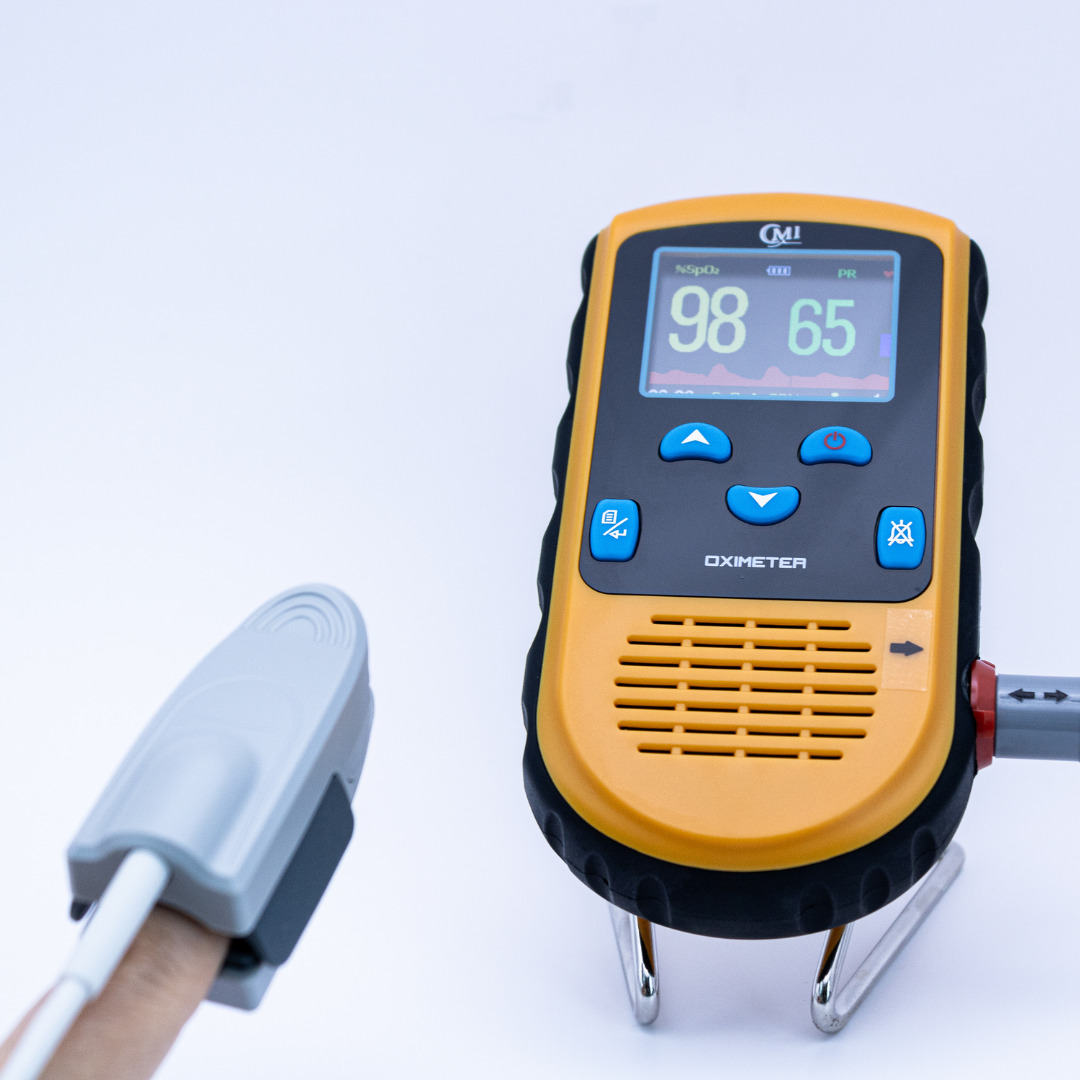Medical Devices for Monitoring your Health After Surgery | CMI Health

Postoperative Health Monitoring
It’s natural to have anxiety and stress over your health after a major surgery, which is why the use of medical devices that can accurately monitor your health at home is incredibly beneficial. The initial post-operative period is a critical step in a patient’s recovery, as they are at the highest risk for complications during that time. Medical devices that are easily accessible at home are an innovative way for patients to take control over independently managing their health and even detect potential complications early on. There is a myriad of useful devices that can help with post-operative care, such as pulse oximeters and spirometers.
Pulse Oximetry for Postoperative Monitoring
Pulse Oximetry is a painless, noninvasive method of measuring the saturation of oxygen in a person’s blood (Yale, 2022). Pulse Oximeters are beneficial after a wide array of surgeries due to their ability to quickly determine the severity of respiratory stress and ease of measuring oxygen saturation (SpO2) levels in a person’s blood and pulse rate. This advantage has earned Pulse Oximetry the recognition of being the fifth major vital sign for understanding a person’s overall health (Respiratory Medicine, 2013). Also, many different people can benefit from Pulse Oximetry. Whether patients need convenient on the go monitoring or continuous overnight monitoring, there are various types of oximeters that can be useful. If you’re interested, you can find more information here on how to make sense of readings on a Pulse Oximeter.
Sleep Apnea and Overnight Monitoring
Overnight monitoring is really useful for post-operative patients, as well as those that suffer with Sleep Apnea. Sleep Apnea, though it may not be a post-operative condition, is a potentially dangerous sleeping disorder characterized by unexpected and repeated pauses in breathing overnight (Mayo Clinic, 2021). It can hinder bodily functions and result in sleep deprivation. Pulse Oximetry is a useful tool that can make a big difference in long term lung management of those diagnosed with sleep apnea, especially smart sleep oximetry monitors. Using Pulse Oximetry to monitor overnight lung function is a reliable method of obtaining accurate data regarding user lung function, breathing treatment efficacy, and general respiratory health (Singh et al. 2020). This can be applied to infants, children, and adults as lung health affects everyone, regardless of age.
Spirometry for Postoperative Monitoring
Spirometry is the most common pulmonary function test, it is used to help diagnose and monitor certain lung conditions by measuring how much air you can breathe out in one forced breath. It's carried out using a device called a spirometer, which is a small machine attached by a cable to a mouthpiece (NHS, 2021). Spirometry is helpful in assessing breathing patterns that identify conditions such as asthma, pulmonary fibrosis, cystic fibrosis, and COPD. There are two main types of spirometers., Incentive Spirometers can be extremely helpful after respiratory or upper abdominal surgeries, as they help expand the lungs with deep breathing and coughing exercises. This can prevent pulmonary complications, such as pneumonia, atelectasis, and fevers (Hopkins, 2016). Digital Spirometers can also detect significant lung obstruction and limited breathing capacity through forced vital capacity (FVC) and forced expiratory volume (FEV) measurements, which can be indicators of gravely serious potential complications. Spirometer readings are also extremely useful for physicians, as the data from can help to determine the best possible treatment plan for a patient Find out more on how to interpret Spirometer Readings here.
Other forms of Postoperative Medical Devices
Assistive Technology such as prosthetic devices or orthotic devices (including braces, cane or crutches, walkers, wheelchairs, scooters) can be extremely useful to post-operative patients. For example, hip and knee replacement are two of the most commonly performed operations in orthopedic surgery (University Hospitals, 2018). Both procedures are very successful at eliminating pain, correcting deformity and improving patient mobility so patients can regain quality of life and get back to the activities they enjoy. However, an extensive recovery process in commonly associated with joint replacement surgeries. This is why prosthetic or orthotic devices are so useful in aiding healing patients, especially considering how accessible these devices are to have at home.
At-home observation and care is a cutting-edge solution in modern healthcare, and the benefits are numerous. It can reduce strain on medical staff and healthcare resources, as it encourages patients to self-report any abnormalities without needing hospital equipment to do so. While also equipping patients with the ability to easily share data with their physicians, if necessary. This convenient solution can also tremendously quell patients’ worries, as it makes it that much simpler to catch surgical complications early on. Self-monitoring one’s health is an efficient way to prevent potential long-term consequences and provide patients with a stronger sense of ownership over their health.
Still have questions? Feel free to contact us at info@cmihealth.com or call us at 888-985-1125 (ext. 1).



































Leave a comment